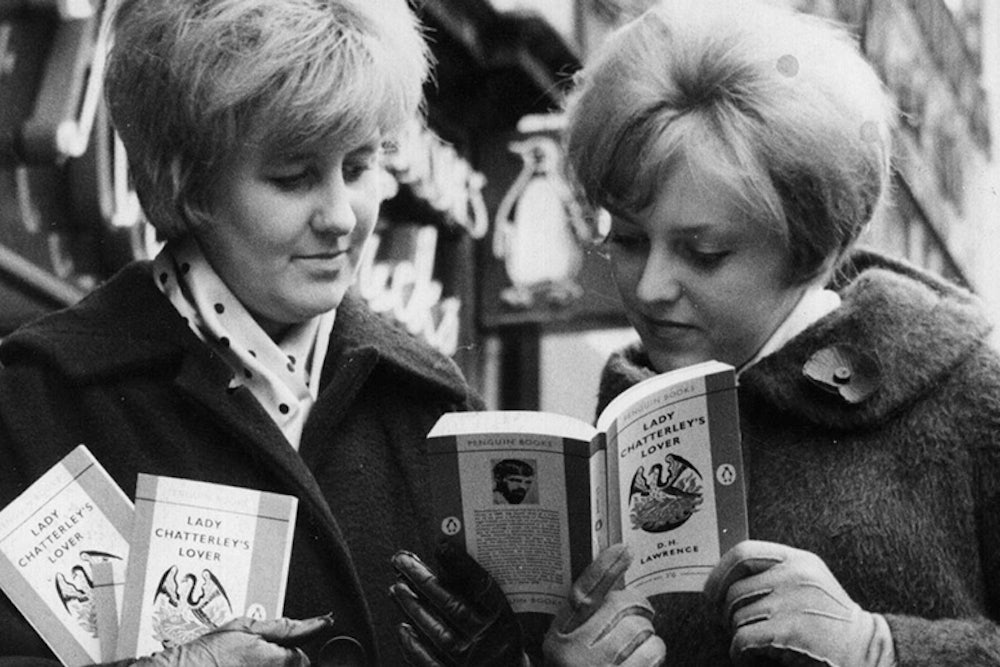The second of the three versions of D.H. Lawrence’s most notorious, but hardly best, novel has less reason to be called John Thomas and Lady Jane than its successor, belatedly published in 1959 and the subject then of a landmark court decision against literary censorship. The pseudonymous figures of the title, and references to parts of the anatomy of Lady C. and her gamekeeper-lover which caused a literary furor when the final version was first privately published and rapidly censored in 1928, appear under their correct names in the present text. They appear less frequently, too, in this second version, which while 20,000 words longer than the much-pirated third, is less feverish and hysterical, and far less explicit and redundant about country matters, although not as sanitized as the expurgated edition published in 1944 as The First Lady Chatterley.
All three versions are as much about class as about sex—about the rape of the countryside by mining as well as about the seduction of a gentlewoman frustrated by marriage to a war-impotent mineowner. In large part a result of the 1959 Chatterley case, the explicit sex, now ironically more tame than tender, and trying where it should be touching, would hardly rate a “PG” on a 1972 movie marquee. What is left makes the second version a better book, for while freer from polemics about the perils of industrialization, it is dramatic and sensitively realistic about the emotional and economic wasteland in which the lives of colliers and foundrymen and their families are lived. The final chapters, omitted in the third version, bring Lady C. to the nearby town in which her worn and work-scarred lover now ekes out an existence in a steel mill, and not only rank among Lawrence’s best writing, but close to the novel more effectively than do the other texts. The Lady C. and her lover of the second version are also less romantic and more believable, with Connie Chatterley less sophisticated and intellectual, and her gamekeeper less a matinee idol in quickly removable corduroy breeches. None of the three versions make a great novel out of Lawrence’s materials, but a reading of the second suggests that one of Lawrence’s great literary mistakes was to expend much of the waning energies of his last years on the third.
